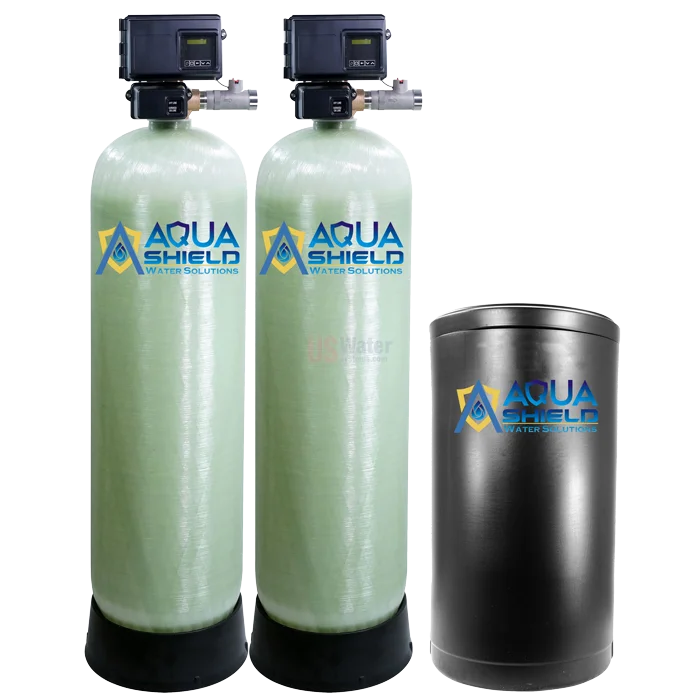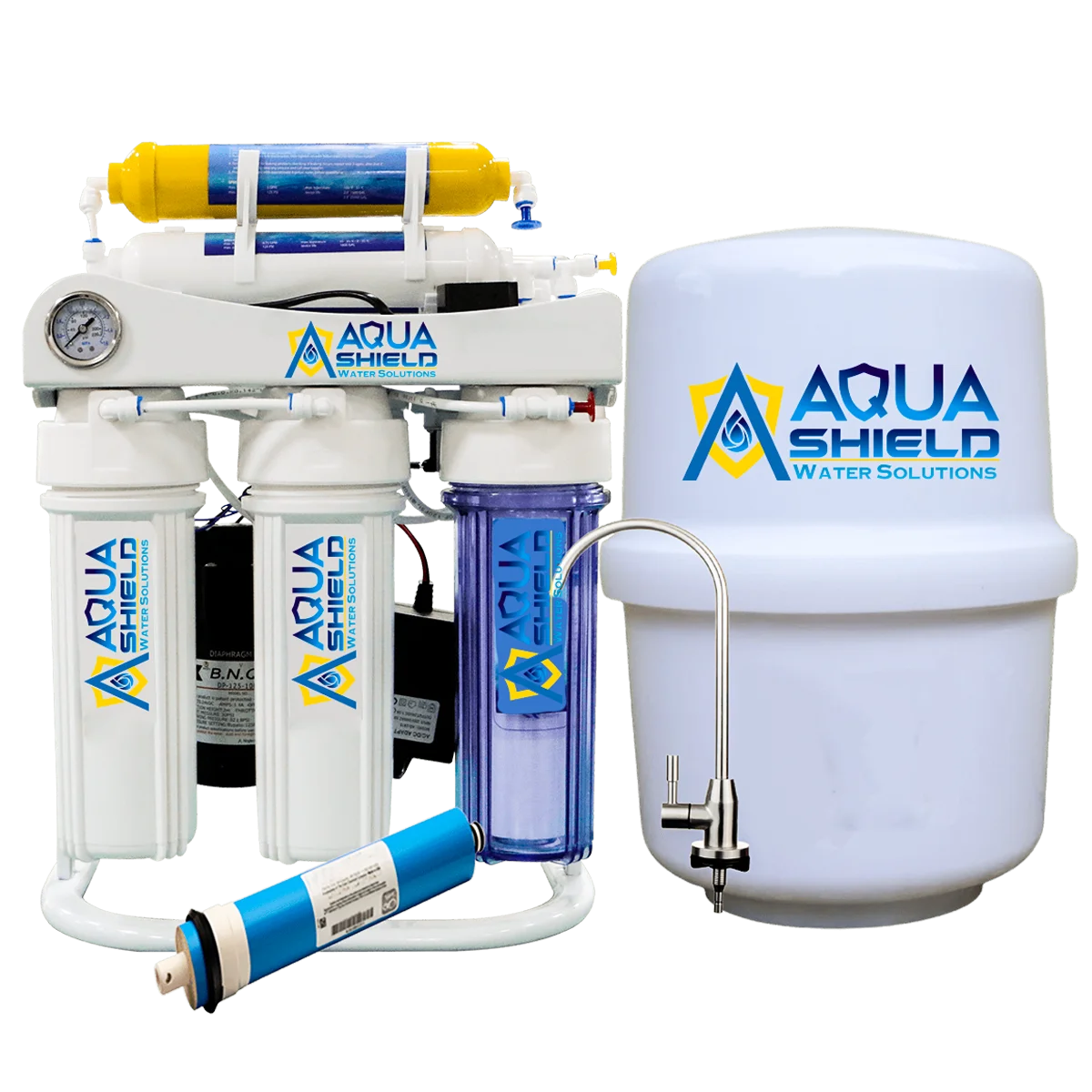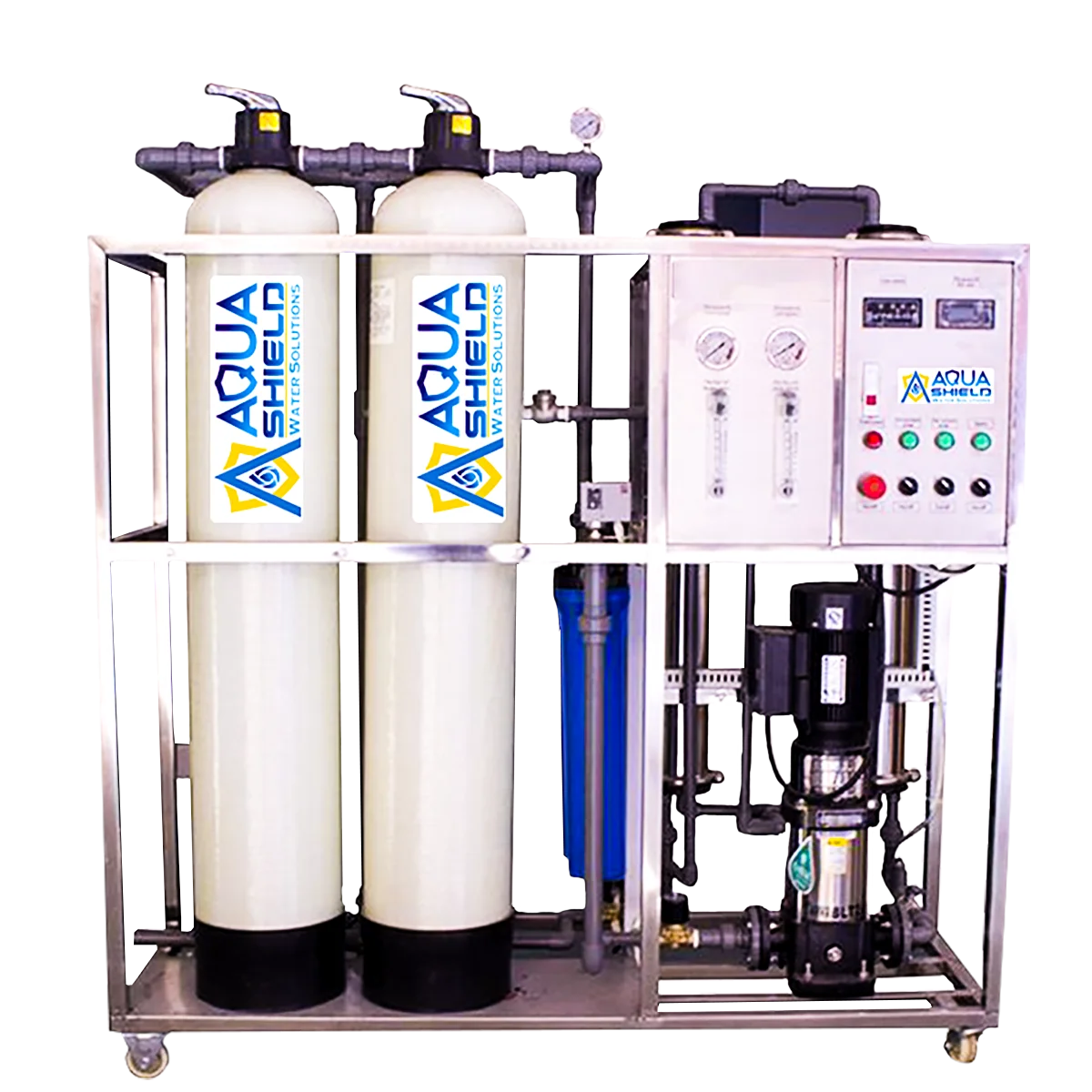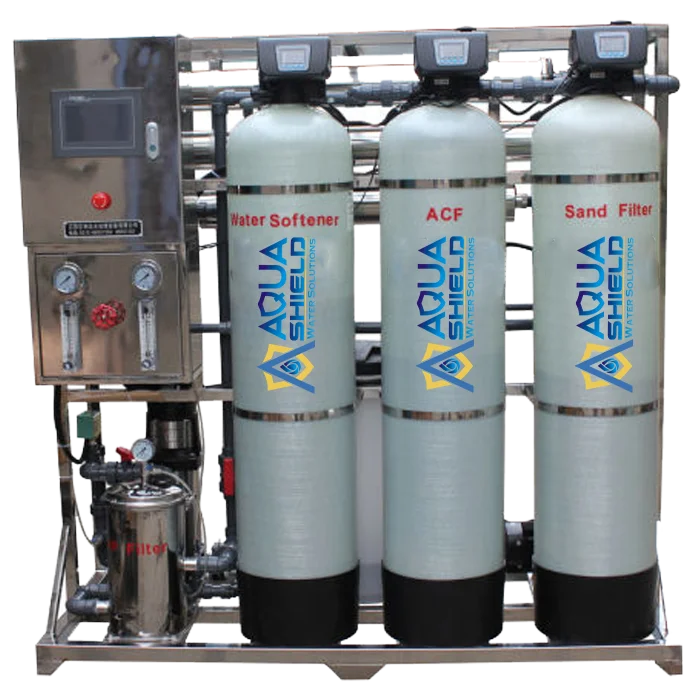The application of ion-exchange to water treatment and purification:
There are three ways in which ion-exchange technology can be used in water treatment and purification: first, cation-exchange resins alone can be employed to soften water by base exchange; secondly, anion-exchange resins alone can be used for organic scavenging or nitrate removal; and thirdly, combinations of cation-exchange and anion-exchange resins can be used to remove virtually all the ionic impurities present in the feed water, a process known as deionization. Water deionizers purification process results in water of exceptionally high quality.
DEIONIZATION
For many laboratory and industrial applications, high-purity water which is essentially free from ionic contaminants is required. Water of this quality can be produced by deionization. The two most common types of deionization are:
- Two-bed deionization
- Mixed-bed deionization
TWO-BED DEIONIZATION
The two-bed deionizer consists of two vessels - one containing a cation-exchange resin in the hydrogen (H+) form and the other containing an anion resin in the hydroxyl (OH-) form. Water flows through the cation column, whereupon all the cation are exchanged for hydrogen ion. To keep the water electrically balanced, for every monovalent cation, e.g. Na+, one hydrogen ion is exchanged and for every divalent cation, e.g. Ca2+, or Mg2+, two hydrogen ions are exchanged. The same principle applies when considering anion-exchange. The decationised water then flows through the anion column. This time, all the negatively charged ions are exchanged for hydroxide ions which then combine with the hydrogen ions to form water (H2O).
MIXED-BED DEIONIZATION
In mixed-bed deionizers the cation-exchange and anion-exchange resins are intimately mixed and contained in a single pressure vessel. The thorough mixture of cation-exchangers and anion-exchangers in a single column makes a mixed-bed deionizer equivalent to a lengthy series of two-bed plants. As a result, the water quality obtained from a mixed-bed deionizer is appreciably higher than that produced by a two-bed plant.
Although more efficient in purifying the incoming feed water, mixed-bed plants are more sensitive to impurities in the water supply and involve a more complicated regeneration process. Mixed-bed deionizers are normally used to ‘polish’ the water to higher levels of purity after it has been initially treated by either a two-bed deionizer or a reverse osmosis unit.
Features and benefits:
Great numbers of people don’t know about the features and benefits associated with RO plants, hence your positive decision will give you permanent solution of problem. These plants have been designed after extensive research. parts and tools of the plants are of high quality that remains functional for years to come. Water becomes mineralized once it passes through the plant and you get only best quality water.









